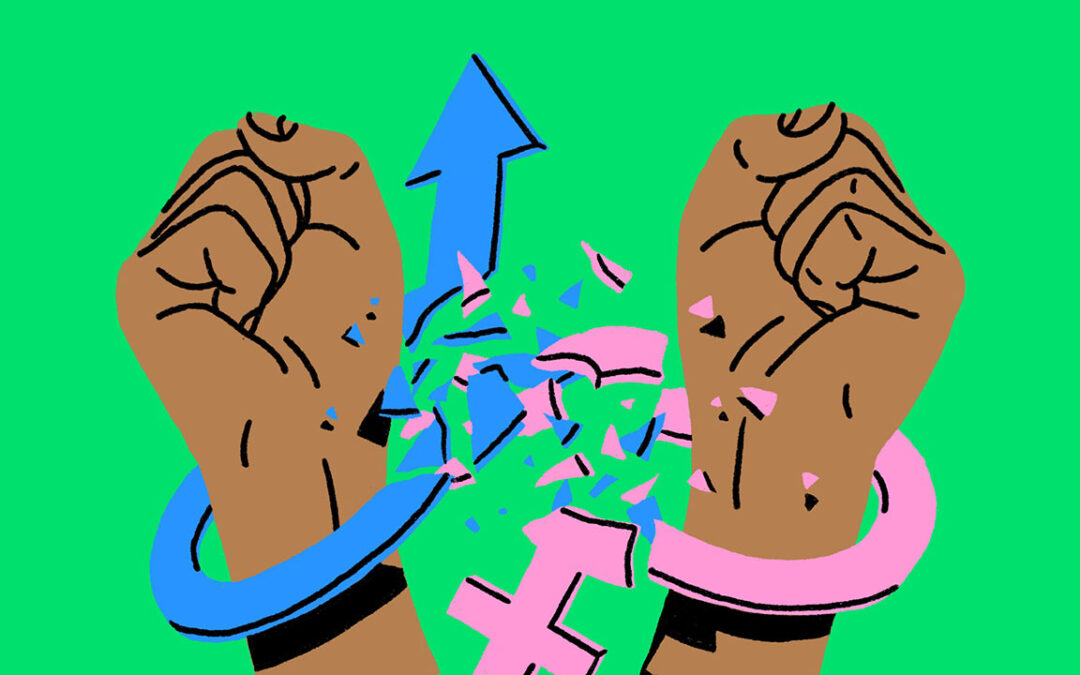The phrase, “Men are from Mars and women are from Venus” implies that men and women are so significantly different they belong to two different planets. Biological differences aside, are differences between genders so pervasive? Or is it an indication of our stereotypical beliefs?
The American Psychological Association defines gender stereotypes as “a relatively fixed, overly simplified concept of the attitudes and behaviors considered normal and appropriate for a male or female in a particular culture.”
Some instances of gender stereotypes include:
- Girls are better at art, boys are better at math.
- Women must know how to cook.
- Men must be interested in sports.
Research suggests that beliefs such as women should be communal and nurturing and must avoid being dominant are present. Men, on the other hand, should be agentic, independent, and “masculine” in appearance and they must showcase an interest in scientific and technological domains. They must avoid being weak, shy, and emotional or being “feminine” in appearance. (Koeing, 2018)
So how does stereotypical thinking develop? The Social Role Theory believes that gender stereotypes derive from the discrepant distribution of men and women into social roles both at home and at work (Koenig and Eagly, 2014). Moreover, the emergence of stereotyped thinking occurs early in life as young boys and girls learn about gender stereotypes from their immediate environment and the media, and they learn how to behave in gender-appropriate ways (Deaux and LaFrance, 1998). In the Indian context, advertisements in the media may feed stereotypes regarding gender roles. For example, women are portrayed as subservient and meek- being reduced to mere objects to satisfy the needs of their families. The Indian film industry further strengthens stereotypes by portraying women in sexually objectified and victimized roles. Furthermore, India is a patriarchal society, which may also play in role in the development and maintenance of sex-role stereotypes.
The impact of a particular stereotype may vary on the basis of gender, culture, age and other factors. Depictions of gender stereotypes in the media and repetition of prescriptive gender beliefs such as girls must wear pink and boys blue, only leads to their reinforcement. Further, such stereotypes not only have an impact on the way we perceive others but also impact our perceptions of ourselves. This may have an effect on our decisions to participate in areas we find personally valuable, weakening our ability to perform well, and impairing our life outcomes. In contradiction to the firm belief that gender stereotypes accurately reflect a kernel of truth, they, in fact, inhibit individuals from demonstrating their distinct abilities, and true potentials and acting according to their individual inclinations. For instance, stereotypes such as women who are assertive are “bossy”, LGBTQIA+ couples do not make good parents and boys must not show their emotions can prove to be detrimental. It not only impacts the individuals involved but for society as a whole.
It is vital to realise that we are only human and are vulnerable to stereotypical thinking and gendered expectations. Recognizing our shortcomings instead of denying the role of gender
stereotypes aids us to rectify any unwanted outcomes that may arise. Moreover, gender stereotypes bring into focus an important discussion- people cannot be deemed as part of a particular category. Individuals of any gender, must not be expected to follow societal notions of roles, characteristics, appearances or behaviors. One’s gender identity must not be threatened by what society finds acceptable. It is important for us to acknowledge people as who they are without allowing stereotypical beliefs to cloud our viewpoint.
-Urveez Kakalia and Niharika Bhatia.

